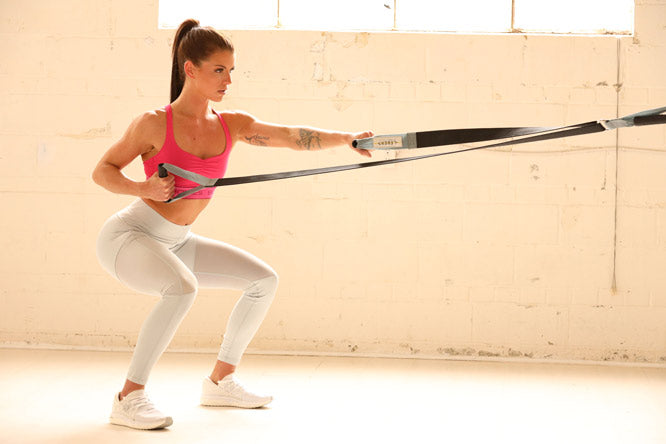Mastering Movement:
When it comes to achieving a well-rounded and functional level of fitness, understanding, and incorporating the seven basic movement patterns is essential. Whether your exercise style of choice is bodyweight focused or something else, these foundational movements form the building blocks of a comprehensive workout routine, helping individuals develop strength, flexibility, and coordination.
In addition, the stronger the mastery of these movement patterns the stronger the athleticism the individual will have.
-
Squatting
The squat is a fundamental human movement that involves bending the hips and knees while maintaining a straight back. This pattern is crucial for activities like sitting down, standing up and lifting objects from the ground. Squats target the muscles of the lower body, including the quadriceps, hamstrings, and glutes, and contribute to overall lower body strength and stability.

-
Hinging
Hinging movements involve bending at the hips while keeping the knees relatively straight. This pattern is exemplified by exercises like deadlifts and Romanian deadlifts.
Hinging exercises target the muscles of the posterior chain, including the hamstrings, glutes, and lower back, promoting strength, stability, and proper hip function.

-
Lunging
Lunging patterns involve stepping forward, backward, or to the side while maintaining an upright posture. Lunges engage the muscles of the legs, including the quadriceps, hamstrings, and glutes, and enhance stability and balance. Lunging movements are crucial for activities such as walking, running, and navigating uneven terrain.
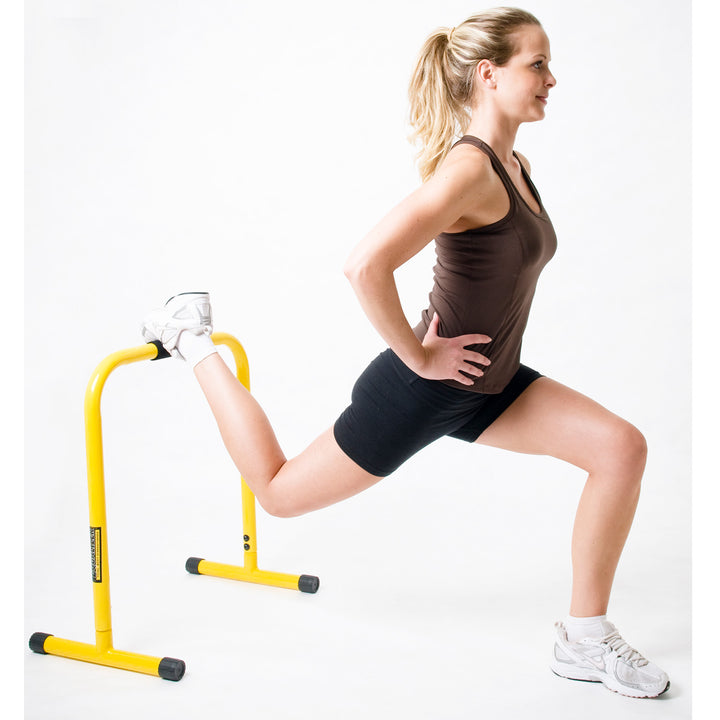
-
Pushing
Pushing movements involve extending the arms against resistance, typically away from the body. Examples include push-ups, bench press, and overhead press. These exercises target the muscles of the chest, shoulders, and triceps, contributing to upper body strength and pushing power.
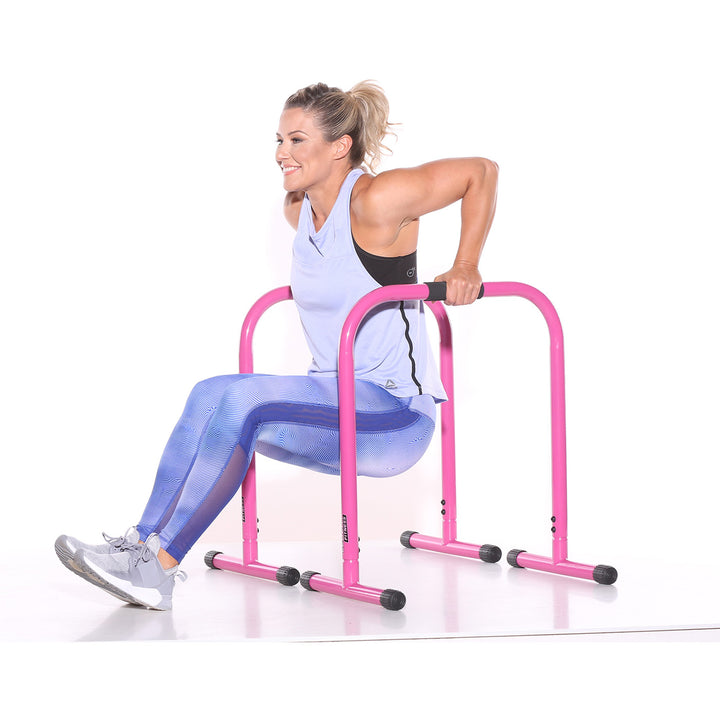
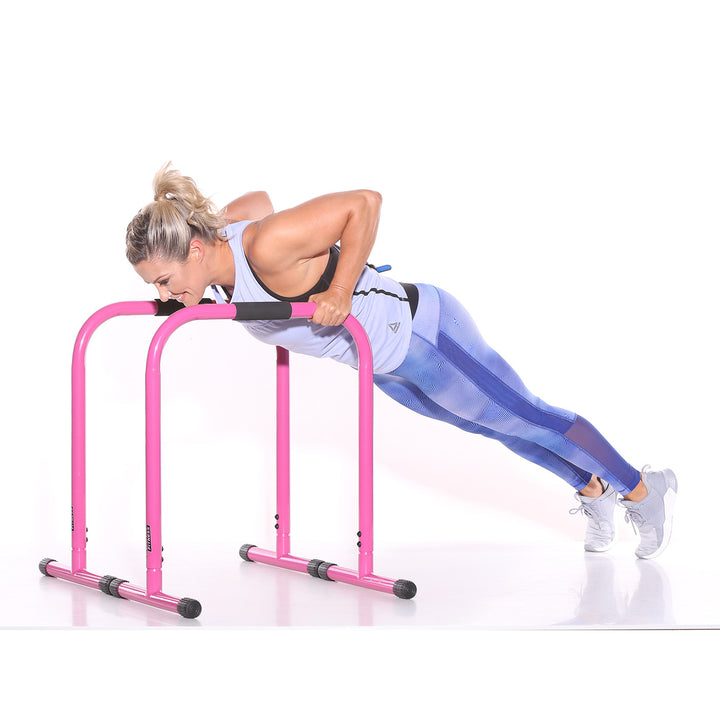
-
Pulling
Pulling movements involve bringing resistance toward the body, often targeting the muscles of the back and biceps. Exercises like pull-ups, rows, and lat pulldowns exemplify pulling patterns. These movements are essential for developing a strong and balanced upper back, improving posture, and preventing imbalances.

-
Twisting and Rotation
Twisting and rotation movements involve the torso and core muscles. Activities like chopping wood or swinging a golf club are real-world examples. Incorporating twists and rotations into your workout routine enhances core strength, improves spinal mobility, and contributes to overall functional fitness.
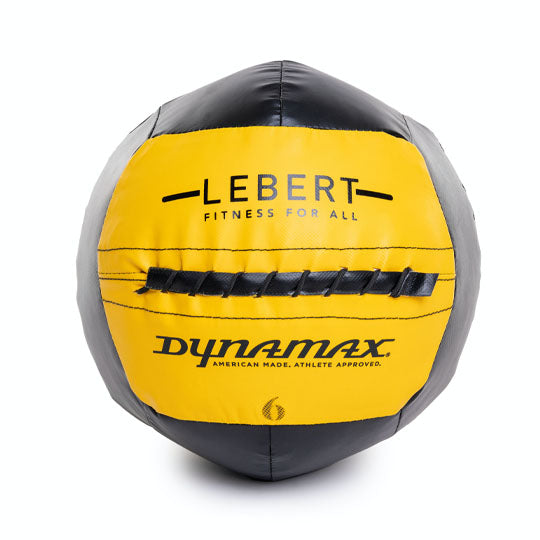
-
Gait (Walking and Running)
The gait pattern involves the coordinated movement of the arms and legs during walking or running. While it might seem straightforward, optimizing gait mechanics is crucial for injury prevention and efficient movement. Incorporating walking and running into your fitness routine enhances cardiovascular health, leg strength, and overall endurance.
Why Mastering These Patterns Matters
Functional Fitness:
By targeting these seven fundamental movement patterns, you ensure that your body is prepared for the demands of daily life, reducing the risk of injury, and promoting overall functionality.
Muscle Balance & Improved Performance:
Incorporating a variety of movements prevents muscle imbalances and promotes symmetrical development. This is crucial for injury prevention and optimal performance.
Holistic Development:
Each movement pattern engages different muscle groups and joints, contributing to a well-rounded and holistic approach to fitness. This helps prevent overuse injuries and promotes longevity in your fitness journey.
Conclusion
Incorporating the seven basic movement patterns into your fitness routine is a cornerstone of achieving a well-rounded and functional level of fitness. Whether you're a seasoned athlete or just starting your fitness journey, focusing on these fundamental movements will set the stage for a resilient, balanced, and agile body.
The seven movement patterns can be executed with basic bodyweight exercises or easily made much more challenging/or more basic by simply adding enhanced bodyweight training tools into your home gym.

